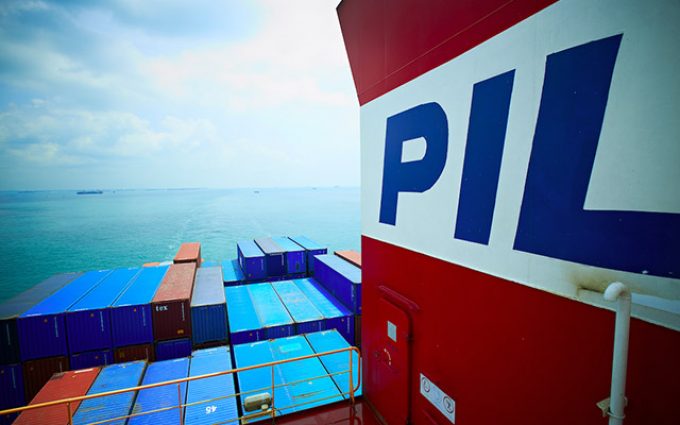Air cargo market enjoys some calm before an expected Q4 storm
It has been a quiet couple of weeks in airfreight, owing to China’s Golden Week. Overall ...
GM: RAISING THE ROOF GGM: IN FULL THROTTLE GZIM: MAERSK BOOST KNIN: READ-ACROSSMAERSK: NOT ENOUGHMAERSK: GUIDANCE UPGRADEZIM: ROLLERCOASTERCAT: HEAVY DUTYMAERSK: CATCHING UP PG: DESTOCKING PATTERNSPG: HEALTH CHECKWTC: THE FALLGXO: DEFENSIVE FWRD: RALLYING ON TAKEOVER TALKODFL: STEADY YIELDVW: NEW MODEL NEEDEDWTC: TAKING PROFIT
GM: RAISING THE ROOF GGM: IN FULL THROTTLE GZIM: MAERSK BOOST KNIN: READ-ACROSSMAERSK: NOT ENOUGHMAERSK: GUIDANCE UPGRADEZIM: ROLLERCOASTERCAT: HEAVY DUTYMAERSK: CATCHING UP PG: DESTOCKING PATTERNSPG: HEALTH CHECKWTC: THE FALLGXO: DEFENSIVE FWRD: RALLYING ON TAKEOVER TALKODFL: STEADY YIELDVW: NEW MODEL NEEDEDWTC: TAKING PROFIT

Xeneta’s latest carbon league table, for the Far East-South America tradelane, reveals improving performance on the route, thanks to slow-steaming anda better ‘filling factor’ on vessels.
Average speeds slowed to 15.6 knots in Q1 and 15.8 in Q2, making for a slower average, able to increase efficiencies, even as the average size of vessels on the trade decreased.
King of the tradelane, according to Xeneta, was Pacific International Lines (PIL), with a CEI score of 69.5, substantially outperforming HMM, in 12th place with its score of 99.2.
Box volumes on the Far-East-South America lane increased 21.6%, year on year in the second quarter.
According to Xeneta, PIL has maintained a consistently high score on the route, including a filling factor of 85% or above, since Q3 20, and exceeding 90% in Q2 23.
The data shows that the average size of PIL ships on the route has increased consistently since Q1 22, with Q2 23 being the exception. But despite the larger vessel size, on average, its high utilisation substantially outpaces an oversupplied market, a phenomenon which generally results in oversized vessels being cascaded onto trades which do not warrant the additional capacity.
Xeneta uses its own carbon-accounting measure, carbon efficiency index (CEI), a tonne-km-derived metric which takes into account the end emissions per box carried. Critics of the IMO’s Carbon Intensity Index (CII) say this metric should more closely resemble a tonne-km measurement.
Comment on this article